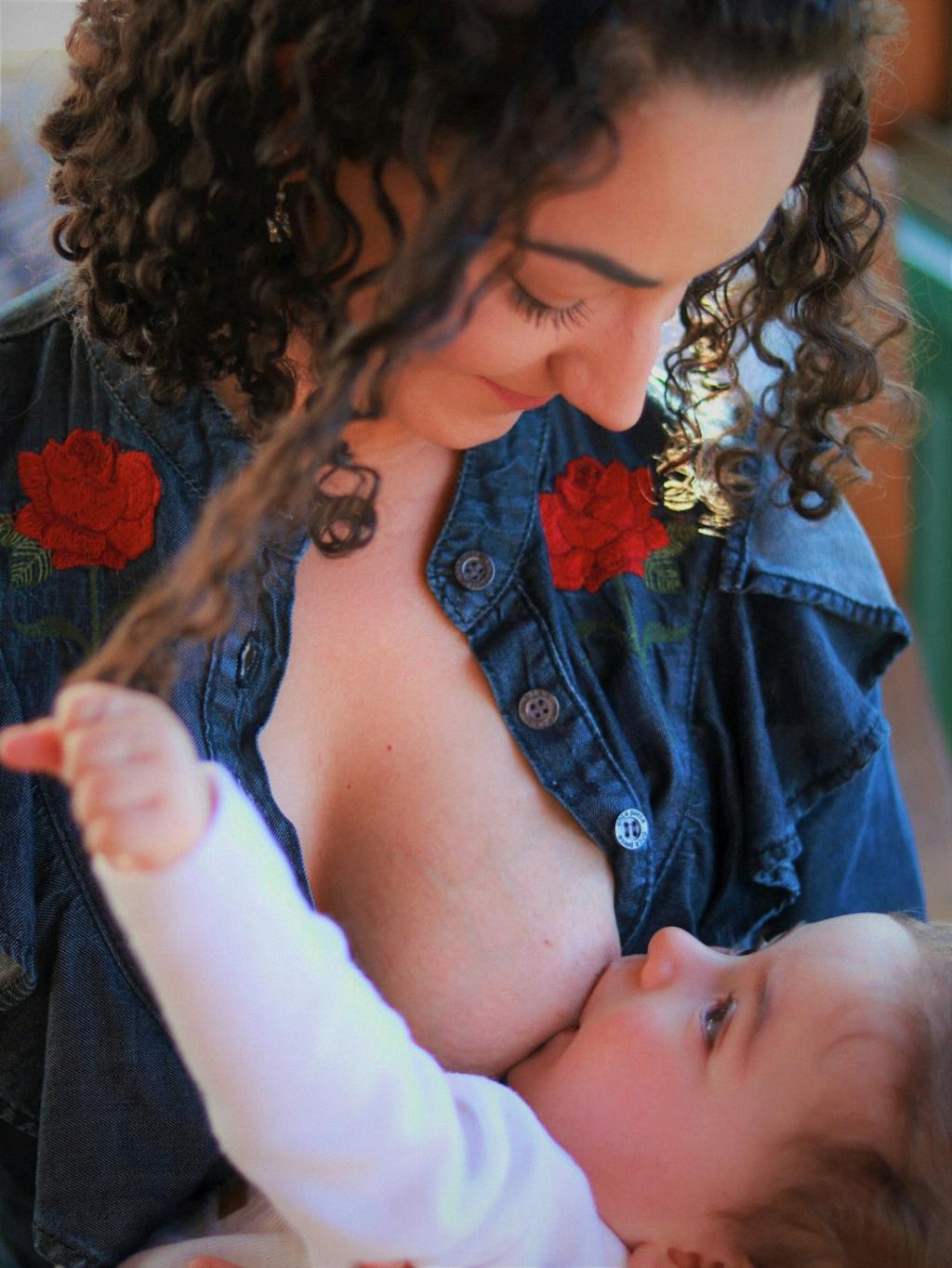Postpartum cramping, even 3 months after giving birth, can be a common occurrence for many women. These cramps, also known as afterpains, happen as a result of the uterus continuing to contract to shrink back to its pre-pregnancy size and shape, a process known as involution. Understanding why these cramps may still be present several months postpartum can help alleviate any concerns you may have.
Uterine Involvement and Contractions
Right after childbirth, the uterus is significantly enlarged and can weigh about 2 ½ pounds. As the weeks progress, the uterus undergoes involution, with its weight decreasing rapidly. By one week postpartum, the uterus is already half its original size, and by six weeks, it should be down to a mere 2 ounces. However, the involution process continues beyond the immediate post-birth period, with the uterus continuing to contract even several months after delivery.
Hormonal Changes and Breastfeeding
Another factor that can contribute to postpartum cramps at the 3-month mark is hormonal fluctuations. Breastfeeding releases the hormone oxytocin, which not only helps with milk letdown but also stimulates uterine contractions. These contractions may lead to cramping sensations, especially during nursing sessions as the uterus contracts more vigorously with nipple stimulation.
Physical Activity and Overexertion
Engaging in physical activities or tasks that require significant exertion can also trigger postpartum cramps, regardless of the time elapsed since delivery. Overexertion can strain the abdominal muscles and pelvic floor, leading to increased uterine contractions and potential discomfort. It is essential to listen to your body and avoid overdoing it, especially as you navigate the postpartum period.
Residual Scar Tissue and Healing
In some cases, lingering cramps at the 3-month postpartum mark may be attributed to residual scar tissue from a cesarean section or vaginal tears. The presence of scar tissue can cause localized discomfort and contribute to ongoing sensations of cramping as the body continues to heal and remodel following childbirth. Proper care and attention to any scar tissue can aid in alleviating these symptoms.
Mental and Emotional Wellbeing
It is crucial to acknowledge the impact of mental and emotional wellbeing on physical sensations, including postpartum cramps. The stress, fatigue, and emotional adjustments that come with caring for a newborn can influence your perception of pain and discomfort. Taking time to prioritize self-care, relaxation, and seeking support can help manage these factors and potentially reduce the intensity of cramps.
Nutrition and Hydration
Ensuring proper nutrition and hydration play a role in overall postpartum recovery, including the management of cramps. Adequate hydration helps maintain optimal uterine function and muscle contractions, while a balanced diet rich in essential nutrients supports the body’s healing processes. Paying attention to your dietary intake and fluid consumption can contribute to easing postpartum discomfort.
Consulting Healthcare Providers
If you experience persistent or severe postpartum cramps 3 months after giving birth, it is advisable to consult with your healthcare provider. They can evaluate your symptoms, perform any necessary examinations, and provide tailored recommendations or interventions to address any underlying issues contributing to the cramping. Open communication with your healthcare team is essential for comprehensive postpartum care.
Support Networks and Peer Connections
Connecting with other mothers or joining support groups can offer valuable insights and emotional support as you navigate the challenges of the postpartum period. Sharing experiences and tips with others who may be experiencing similar symptoms, including cramping, can provide a sense of solidarity and encouragement. Building a supportive network can positively impact your overall well-being.
Self-Care Practices and Relaxation Techniques
Incorporating self-care practices and relaxation techniques into your daily routine can help manage postpartum cramps and promote overall healing. From gentle exercises and breathing techniques to mindfulness and meditation, finding moments to prioritize your well-being can alleviate physical discomfort and enhance emotional resilience. Taking time for self-care is not only beneficial for you but also for your baby and family.
Patience and Time for Recovery
Remember that the postpartum journey is unique for each woman, and recovery takes time. While postpartum cramps at the 3-month mark can be challenging, they are often a natural part of the body’s healing process. Patience, rest, and listening to your body’s cues are essential elements of navigating this phase. Embracing the gradual changes and allowing yourself grace during this transformative period can lead to a smoother recovery.
Conclusion
Postpartum cramps 3 months after giving birth can be influenced by various factors, including uterine involution, hormonal changes, physical activity, scar tissue healing, mental well-being, nutrition, and hydration. Seeking guidance from healthcare providers, engaging with support networks, practicing self-care, and allowing time for recovery are integral components of managing postpartum cramps effectively. Embracing the complexities of the postpartum journey and prioritizing your well-being can contribute to a smoother transition into motherhood and overall wellness.

